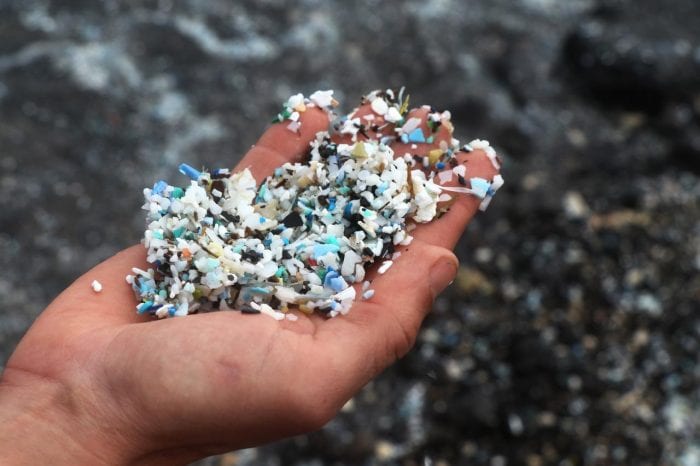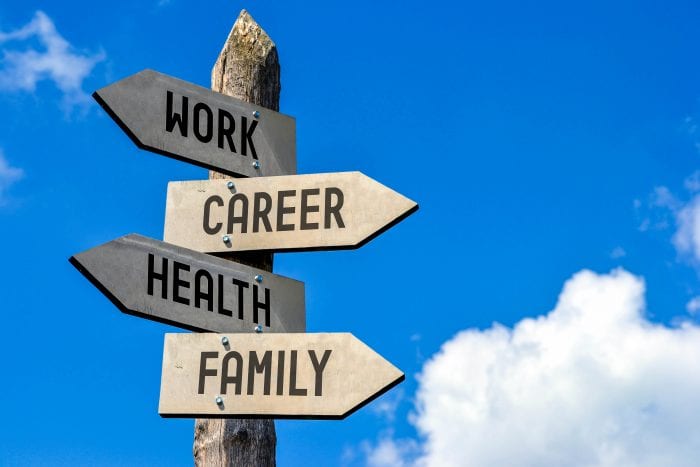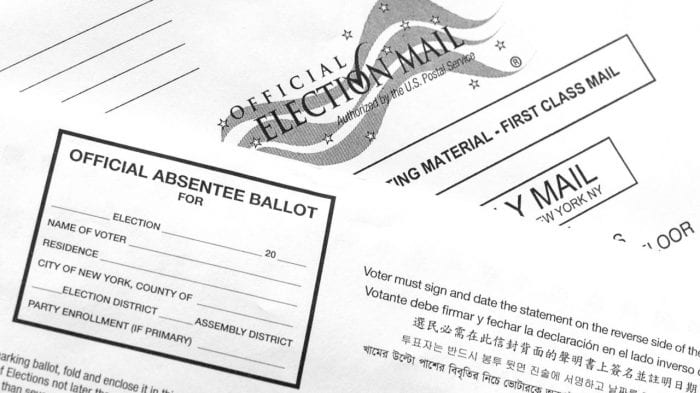By Nancy Marr
During the pandemic, when we were reminded that farmworkers were working hard to provide food for the rest of us, farmworkers in Suffolk were working for long hours with no break, on farms where they had no running water or toilets, could not take time off to care for their children or family members who had COVID, were often not eligible for overtime and were often undernourished. Although they could be considered “essential workers” they had few resources. The people who work on our farms have long been at the bottom of the food chain.
The first legislation that was passed was President Franklin Roosevelt’s National Labor Relations Act in 1935. It gave laborers the right to strike for better conditions, but it did not cover agricultural workers or anyone in domestic service.
Recently, there has been new legislation to increase their rights, but it is not always effective because it may not be enforced. Also, many workers do not know what their rights are or fear that they will lose their jobs if they protest.
In California, because of the efforts by Cesar Chavez and Dolores Huerta and the United Farm Workers, formed in 1971, the state passed the landmark Agricultural Labor Relations Act in 1975, giving farmworkers in California the right to unionize and negotiate for better wages and working conditions.
In 2019, New York State passed the Farm Laborers Fair Labor Practices Act, even though it was opposed by the New York State Farm Bureau. The bill sponsor, Senator Jessica Ramos, said, “The Farmworkers Fair Labor Practices Act has lingered in this body for twenty years, with seven sponsors on both sides of the aide. I have traveled to seven counties in New York, visited fourteen farms, talked to countless farmworkers, and held three hearings on this bill. There are 80-100,000 farmworkers that are the backbone of New York’s multi-billion-dollar agricultural industry.”
The bill gave farmworkers the right to organize, and the right to bargain collectively but it did not give them the right to strike. The law also required farmers to provide Disability and Workers Compensation coverage, paid family leave, a day off each week, and overtime pay after sixty hours. (The current New York State budget may include help to farmers to pay the overtime pay.) The effectiveness of the law will depend on how much it is publicized.
This year, the first step toward unionization under the new law took place at the Pindar Vineyards in Peconic. The New York State Public Employment Relations Board officially certified Local 388, the union established by Pindar workers with the help of Angel Reyes Rivas, the Long Island Coordinator for the Rural and Migrant Ministry. Located in upstate New York, with an office in Riverhead, the Ministry is a statewide nonprofit organization that works with rural disenfranchised communities, helping them develop their own leadership.
A group of workers on the East End has found a way through collective action to earn enough money to buy their own land. Last year, they formed the Long Island Farmworker Flower Cooperative with the help of organizers from the Rural and Migrant Ministry. Through the cooperative they support one another and can meet their economic and cultural needs through a jointly owned and democratically controlled enterprise.
By learning agricultural management, including sales, finance, and accounting, and pooling their resources, they can become producers, buying land and greenhouses for their own flower production. They hope to be independent and be an example for other immigrant communities. To support their efforts, visit the Amandla Long Island Worker Education Center, 573 Roanoke Avenue, Riverhead (631-381-0498) or contact RuralMigrantMinistry.com. For more information, read Mark A. Torres’ Long Island Migrant Labor Camps: Dust for Blood, published in 2021.
Nancy Marr is Vice-President of the League of Women Voters of Suffolk County, a nonprofit, nonpartisan organization that encourages the informed and active participation of citizens in government and influences public policy through education and advocacy. For more information, visit www.lwv-suffolkcounty.org or call 631–862-6860.








 Our waste stream includes packaging materials and paper goods. Bill S1185 has been introduced by Senator Todd Kaminski and it will be followed by A5801, to be introduced by Assemblyman Steve Englebright. They require producers and manufacturers to finance the recycling of their packaging materials and plastics, with incentives for finding ways of making recycling easier. Within three years of the bill’s implementation, producers will have to comply with the provisions of the bill or work with a producer responsibility organization.
Our waste stream includes packaging materials and paper goods. Bill S1185 has been introduced by Senator Todd Kaminski and it will be followed by A5801, to be introduced by Assemblyman Steve Englebright. They require producers and manufacturers to finance the recycling of their packaging materials and plastics, with incentives for finding ways of making recycling easier. Within three years of the bill’s implementation, producers will have to comply with the provisions of the bill or work with a producer responsibility organization.






